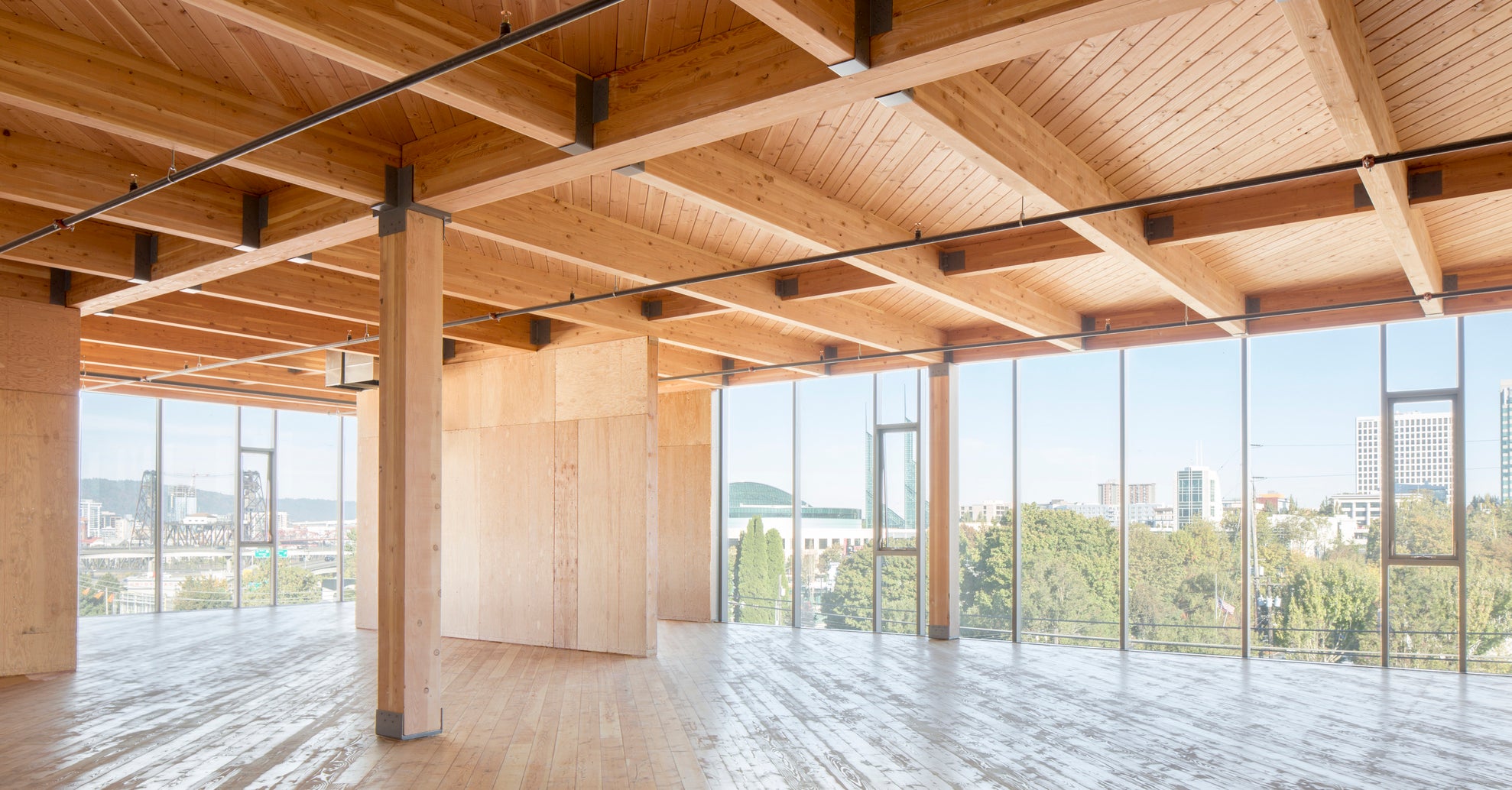
We believe people have a greater affinity for taller buildings in natural materials rather than steel and concrete towers. “If London is going to survive it needs to increasingly densify. We’ve put our proposals on the Barbican as a way to imagine what the future of construction could look like in the 21st century. The conceptual proposals currently being developed would create over 1,000 new residential units in a 1 million sq ft mixed-use tower and mid-rise terraces in central London, integrated within the Barbican.ĭr Michael Ramage, Director of Cambridge’s Centre for Natural Material Innovation, said: “The Barbican was designed in the middle of the last century to bring residential living into the city of London – and it was successful. The research is also investigating other potential benefits, such as reduced costs and improved construction timescales, increased fire resistance, and significant reduction in the overall weight of buildings. The use of timber as a structural material in tall buildings is an area of emerging interest for its variety of potential benefits the most obvious being that it is a renewable resource, unlike prevailing construction methods which use concrete and steel. Visit the HSB Facebook page to see the three design proposals and to vote for your favourite project.Researchers from Cambridge University’s Department of Architecture are working with PLP Architecture and engineers Smith and Wallwork on the future development of tall timber buildings in central London. Møller has done their research, and they are determined for their 34-storey building to be at the highest end of the discussion of wooden buildings. It would also exceed the proposed 20-storey tower that Michael Green has designed. Møller’s proposal win’s the HSB Competition, their proposed project would exceed the height of a 9-storey, wooden, Murray Grove tower in London. The building would be powered by the solar panels on the roof, with individual apartments would have an energy-saving, glass-covered veranda. The 34-storey wooden skyscraper would be an exemplar of environmental sustainability. Their proposal demonstrates the possibility of cheaper, easier and more sustainable housing that contrasts to contemporary steel and concrete constructions. Møller is a visionary in the possibilities of the future of housing. Other benefits of wood include its ability to secure an ideal indoor climate and temperature, it enables favorable acoustics, and it can be exposed without being covered with plaster or other costly materials.Ĭ.F. Thus, the water in the wood will evaporate before the wood begins to burn. Surprisingly, wood is also more fire resistant than steel and concrete, since 15% of wood mass is water. While wood is low in weight, it remains a strong load-bearing structure, making it a reliable building material. In addition to being sustainable, wood is a cheaper alternative to steel and concrete, since its lighter composition enables decreased transportation costs. During production, wood makes no waste products and it binds CO2. Møller team, wood is both a sustainable and innovative building material. He discusses that only recently, the building industry has begun to take responsibility for the environment and build with sustainability in mind.Īccording to the C.F. Møller firm, asserted that the primary reason steel and concrete are the primary building materials is due to the building market. Their design of the residential building includes a concrete core surrounded by wooden pillars, beams, walls, ceilings, and window frames, with a glass facade. Møller team made the decision to build upwards. Each entry in the competition consists of innovative proposals for private residences for the future, located in three different locations in the centre of Stockholm.

Møller, architect Dinell Johnasson and consultant Tyréns. The proposal for the 34-storey wooden skyscraper was presented by architect C.F.

The winner’s proposal will be built by the time HSB Stockholm reaches its 100th birthday in 2023. Møller’s proposal is one of the three entries that have been proposed in the competition. The proposal is part of a housing design competition that was organized by Sweden’s largest building society, HSB Stockholm. The proposed 34-storey wooden skyscraper functions as a sustainable alternative to those made of typical steel and concrete. Møller, a Scandinavian architectural firm, has proposed to build the world’s tallest wooden skyscraper.


 0 kommentar(er)
0 kommentar(er)
